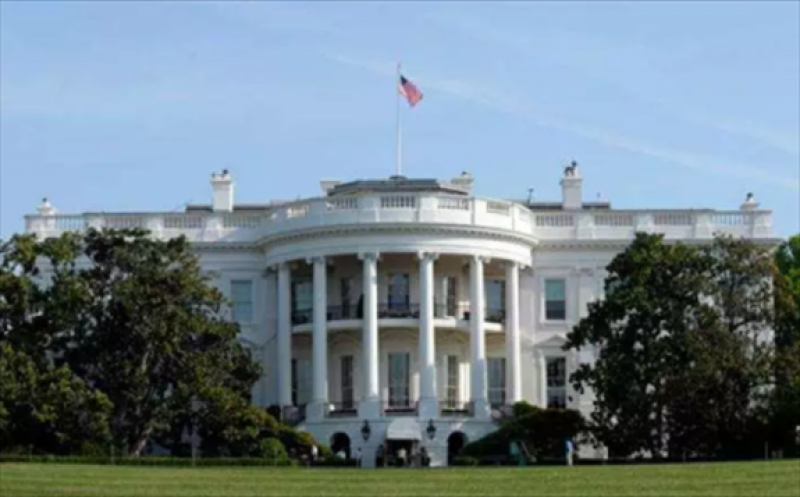USA’s plan to have the first nuclear reactor on the moon by the end of 2026 — for which the US Department of Energy in collaboration with Nasa intends to solicit industry design proposals in early 2021 — got an impetus with a recent White House directive.

On December 16, outgoing President Donald Trump, as a parting shot, issued the “National Strategy for Space Nuclear Power and Propulsion” asking Nasa to “initiate fission surface power project for lunar surface demonstration by 2027 with scalability to a power range of 40 kilowatt-electric and higher to support a sustained lunar presence and exploration of Mars”.
The order emphasized the need to “develop uranium fuel processing capabilities that enable production of fuel suitable to the lunar and planetary surface”, as “the ability to use space nuclear power and propulsion systems safely, securely and sustainably is vital to maintaining and advancing United States’ dominance and strategic leadership in space.”
Earlier, in an email interview to TOI, Nasa spokesperson Clare A Skelly had said the space agency aims to establish a flight hardware system that is ready for integrating with the lunar lander by 2026-end. The fission power system — as the nuclear reactor is called — will benefit future robotic and human exploration missions to the moon as well as Mars. “The availability of safe, efficient, and readily available power is critical to these missions and a fission surface power system meets those requirements,” she stated.
“The fission surface power system will be fully manufactured and assembled on earth and integrated on a lander as a payload. The system will be designed to deploy and operate from the payload platform after the lander arrives on the lunar surface,” Skelly said. The system — consisting of four major subsystems including a nuclear reactor, an electric power conversion unit, heat rejection array, and power management and distribution subsystem — will be designed to operate for up to 10 years.
Skelly said all safety requirements would be strictly adhered to and the fission process initiated only after the nuclear system lands on the moon on a command from the earth. “Unlike terrestrial reactors (those on earth) there is no intention of fuel removal or replacement, and the reactor is fully encapsulated so it will not produce a waste containment concern,” she said, adding that the region of the moon where the reactor would be placed was being worked out.